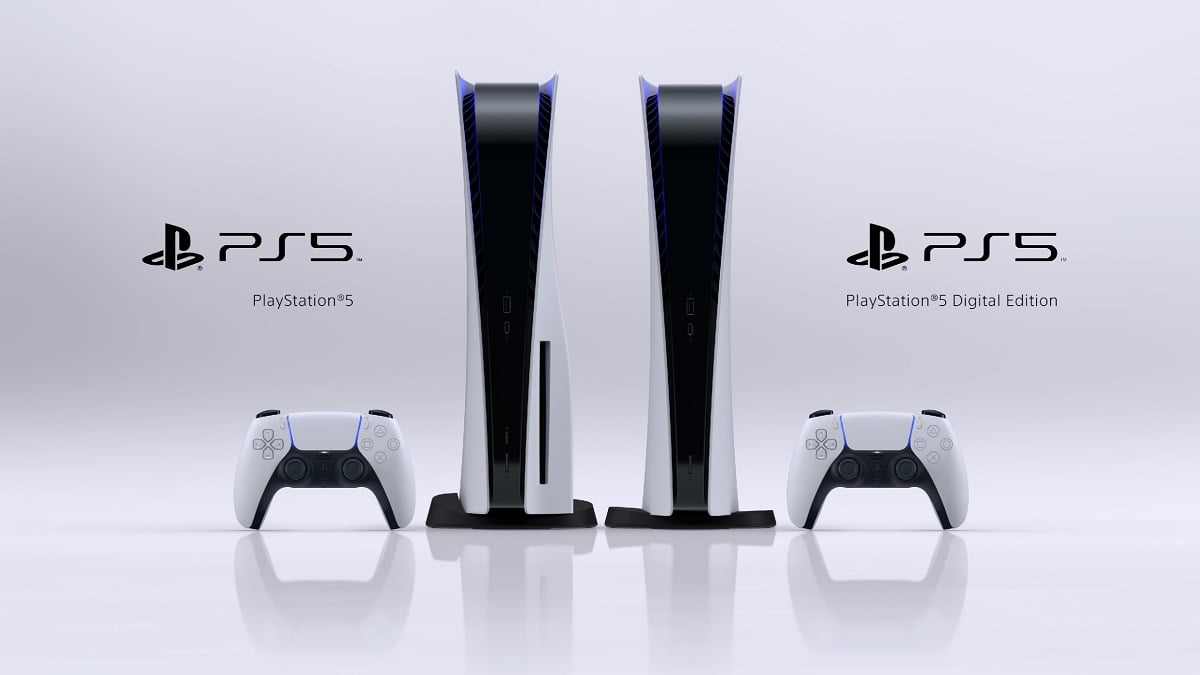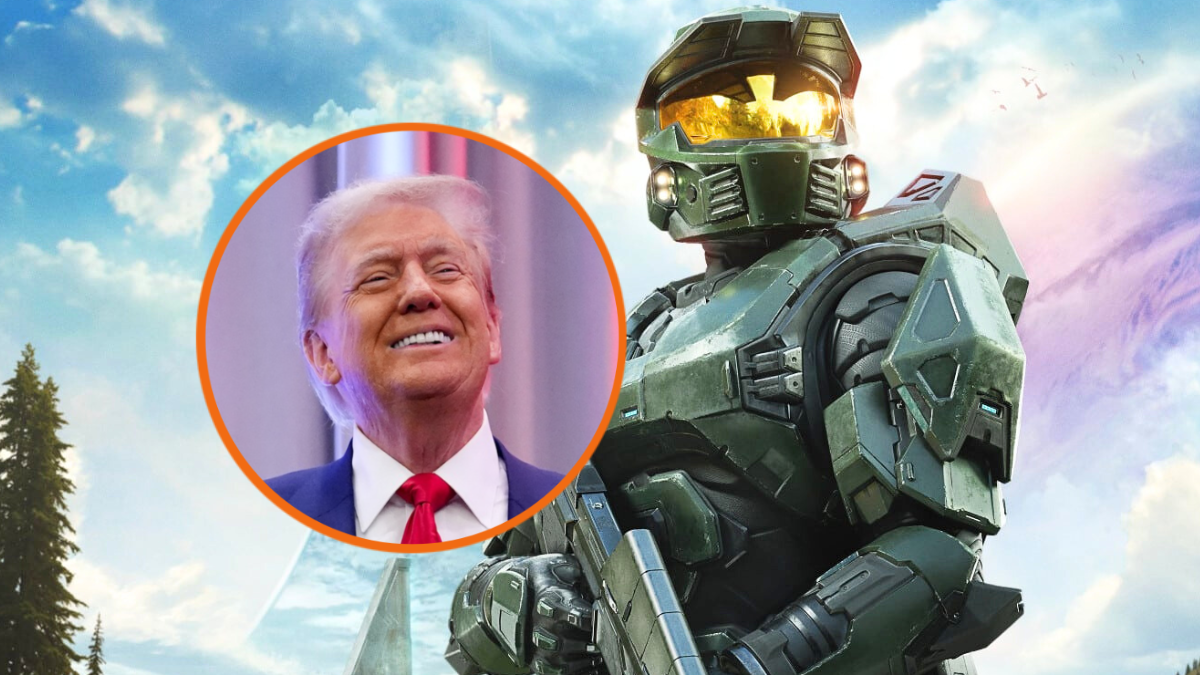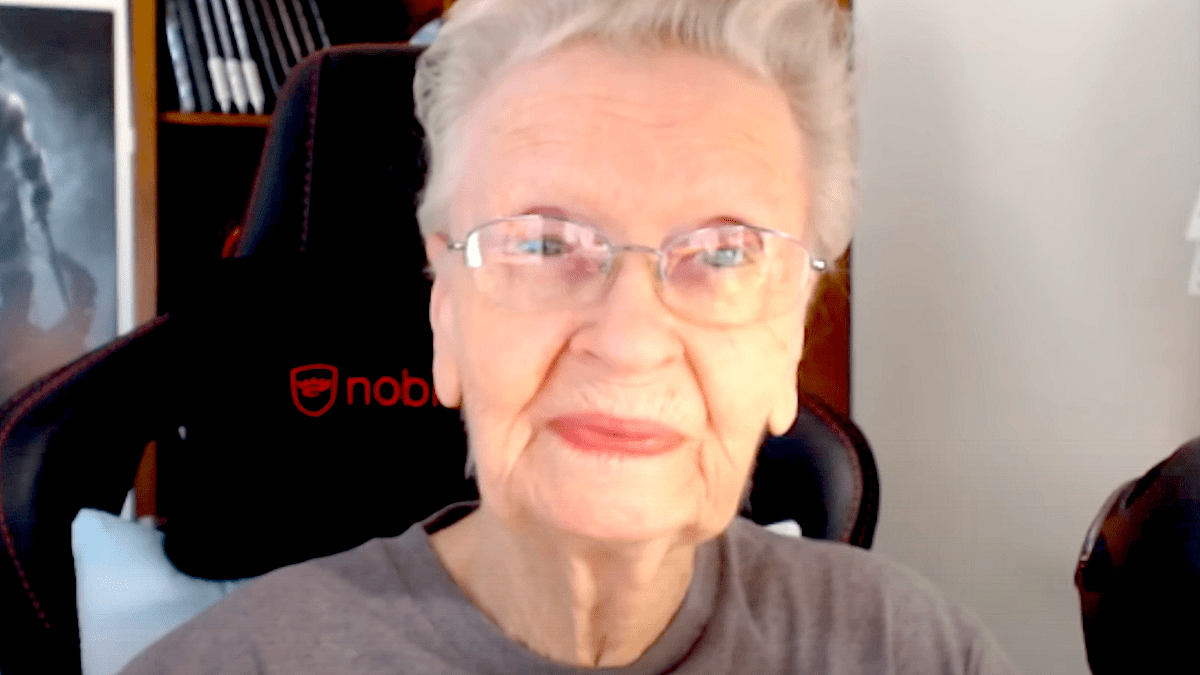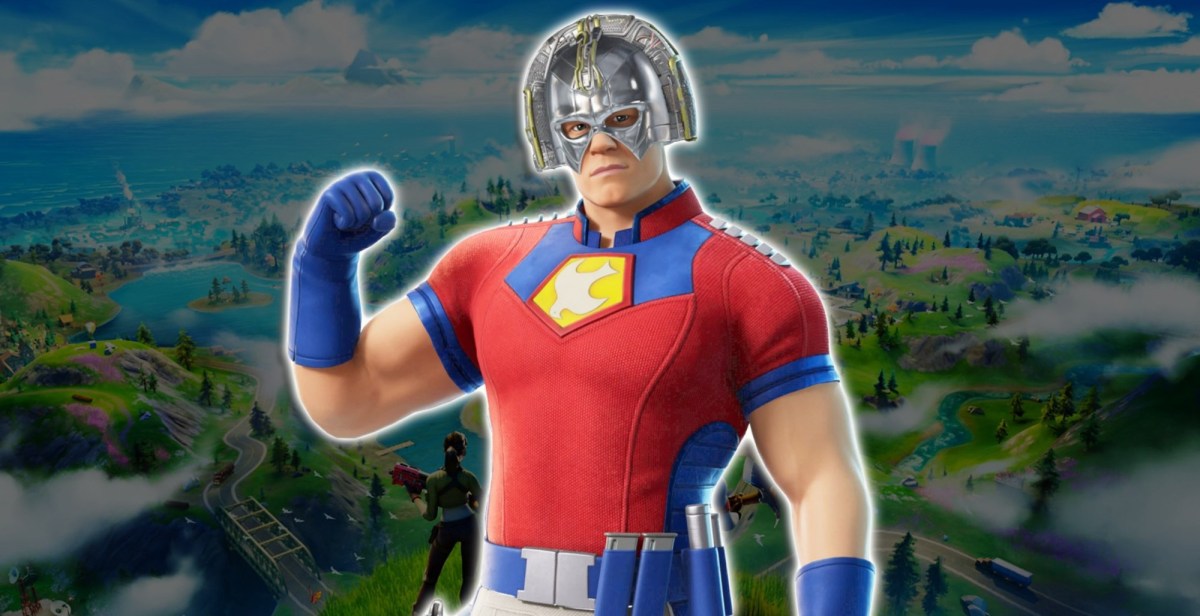
Reviewing a Pokémon game objectively strikes me as an extremely daunting and even troublesome task. That’s not because of nostalgia or fanboy bias, either – though I did grow up on Pokémon, and still love it to death, every entry in the series since Red and Blue has grown more and more tiresome in the areas where it hit the hardest when I was twelve. Back then, the world of Pokémon seemed massive. Its story was enthralling, my coming of age journey felt inspiring, and the universe in which it all took place was at times so absolute and real that I would almost wish I could swap it in for reality. In fact, I think I wished for exactly that on multiple birthdays.
As said childhood emotions and attachments have declined with each release, I’ve come to appreciate other aspects. The complexity of Pokémon’s rock-paper-scissors gameplay is ever-thickening, while EV training has always been something that required pen-and-paper dedication. At various points I’ve even taken time to attempt familiarizing myself with Pokémon’s extensive and full-bodied metagame. With Pokémon X and Y, a handful of elements in both the childhood and present-day engagement categories have changed, and a whole lot has stayed the same. To me, faulting a game for things it doesn’t contain and never promised to contain can be unfair and even fallacious, and when it comes to what Pokémon X and Y actually does bring to the table, it’s very difficult to claim that this isn’t the best Pokemon yet.
The game begins as most Pokémon titles do – you play as a starry-eyed preteen with a truckload of ambition, and something to prove to the world. Unlike the infinitely setback-prone Ash from the TV series, you’ll make your way through Pokémon’s wondrous world (in this case the Kalos region) and eventually develop world-class skills, born out of both your hard work training and strategizing as well as the indelible bonds you’ve forged with your monster comrades. In other words, you set out to “be the very best.” Forgive me for the throwback.

Perhaps the biggest and most publicized change in Pokémon X and Y is the shift to the third dimension, and like most Nintendo franchises throughout history, the transition is handled expertly. Think about it – who has a better track record than Nintendo when it comes to infusing the Z axis with beloved franchises? Super Mario 64, Ocarina of Time, Metroid Prime – the list goes on. Even Donkey Kong, a series which has since returned to a side scrolling design, had something fun to offer with Donkey Kong 64. Though X and Y certainly isn’t the open-world, Pokémon-meets-GTA-and-Skyrim-plus-it’s-an-MMO wet dream that certain critics were apparently expecting, it is the most beautiful and open feeling game in the series yet, and for that it deserves ample credit.
Moving through the overworld is similar to how it always was, but this time it’s a whole lot more stimulating, and thus more immersive. Yes, the paths between towns and cities are still quite linear, but a much needed vitality shot from Game Freak has managed to rekindle a sense of exploration that was slowly falling into Poké-obscurity in recent releases. As you move about the game’s many routes, trainers don’t just stand frozen like they used to – they’ll wander around a bit. Rather than being gridsquare-sized nubs with legs, opposing challengers are full-bodied humans of varying sizes, who actually represent their more detailed visages shown in battle (pretty much a first for the series). You’ll pass by battles in progress, make tough decisions at forks in the road; despite its linearity, this is a game that has finally earned the use of the term “overworld,” when what it previously possessed was more like a static representation of one.
Of course, the visual shakeup carries over to battles as well, and although I had fears of in-battle visuals amounting to nothing more than Pokémon Stadium-like puppets aimlessly flailing at each other, I’m thrilled to report that X and Y’s fights avoid said horrific fate both handily and with tremendous style. Despite looking pretty rough in screenshots and videos, the toonified, black-outlined visual style of Pokémon X and Y’s battles — though certainly not a champion of realism or hardware-defying fidelity — is extremely sharp, fluid, and well suited for the task at hand. Perhaps most importantly, it doesn’t abandon the “feel” of the old system – you still begin each turn from an over-the-shoulder view of the creature you’ve selected, its HP, level, current XP, and other info bobbing reassuringly in the same spot it always has. Stay on a selection screen too long, and the camera will scoot around, showing various views of yourself, your opponent, and the admittedly bland (read: non-existent) background environment.

Where it is similar to Stadium is with move animations – though you rarely see Pokémon coming into direct physical contact with each other, the battles are fast-paced enough and the animations such that it’s not at all problematic. I mean, think about it – our imaginations have been able to cope with two drawn, 2D pictures literally twitching in each other’s general direction since 1995. Filling in the near-inconsequential blanks left open by X and Y’s fully-animated bouts is, comparatively, a complete piece of cake.
Beyond its familiar story and overhauled looks, Pokémon X and Y does manage to make changes that actually affect gameplay. Most notable among them is the addition of an entirely new Pokémon type, known as Fairy Pokémon. This makes a lot of sense, if you think about it – classifying Clefairy and Clefable as “Normal” types for all this time felt a lot like some kind of cop-out.
It seems that Fairy-types have, in many ways, been added to both help balance Pokémon typing, as well as to move the metagame away from sweeping and more towards defensive strategy (the gimping of Surf, Thunderbolt, and other longtime dependables also supports this). For one, the attacks of Fairy Pokémon are super effective against both Dragon and Dark types. Meanwhile, they’re also completely immune to Dragon attacks, and only terribly vulnerable to Poison and Steel types. As far as I know there aren’t a whole lot of folks getting STAB with their poison attacks, which means Fairies as a whole may be pretty tough to take out. The dethroning of Dragons as the most threatening and godlike type is somewhat upsetting in terms of world-immersion and, well, just how awesome it is (why wouldn’t the best trainers have a stacked party of fearsome Dragon types?), but from a balancing standpoint it probably makes the most sense. So props to Game Freak for that.

In the same vein, the mysterious and elaborate practice of EV training has finally been brought to the masses, and I can’t help but feel like that’s a good thing. For those not in the know, effort value training is essentially training aimed at improving specific base stats (the stats that determine the rate at which your Pokémon’s actual stats will improve with each level-up), and their distribution can have considerable impact on your monsters’ success in the competitive space. A non-EV trained Pokémon will go belly up against a properly EV’d opponent of the same level almost every time, and sometimes EVs are even placed specifically to survive particular attacks or scenarios from notoriously formidable opposing Pokémon. EVs are gained by battling specific monsters that yield them for the desired stat, and until now keeping track of it all with pen and paper was the only solution. Hundreds of EVs are often required to get the gains you want, so as you might imagine, the EV training process could be pretty time consuming and unfriendly to the casual player.
What Pokémon X and Y has essentially done is bring this whole procedure to the surface with something called Super Training. Via assorted minigames and other activities, players can view their Pokémon’s currently accumulated EVs, and target specific stats by partaking in certain games. Beyond that, different “training bags” can be acquired as you Super Train, and depending on their size they will add a particular number of EVs, with large bags adding a whopping TWELVE of them. Perhaps the most useful, though (aside from actually being able to see your base stats in-game) is something called a Reset Bag. You’ll come across these every so often as you train, and they can be used to — wait for it — completely reset your EVs. What this means is that even a level 100 Pokémon can be reset and Super Trained from scratch. If you’re not giddy over the potential time savings and convenience this offers, you should be.
I’ve yet to call the game out on any of its shortcomings (mainly because I found them to be mildly annoying at worst), but they certainly do exist. As you may have already heard, not every aspect of the game takes advantage of the 3DS’ stereoscopic 3D. In the overworld, the slider does literally nothing if you try to use it, and battles any more complex than one-on-one don’t allow for the feature either. Normally I’m extremely picky about this (I recently whined about it fairly extensively in my otherwise positive Rune Factory 4 review), but in this case it’s hardly very offensive. The way the 3DS’ screen works is that it designates a certain “amount” of resolution to each eye when 3D is turned on – so for 3D games, the visuals tend to look about half as sharp with the effect turned off. This is why I can’t understand people who leave the slider off all the time – the visuals in many cases look about half as sharp and noticeably pixelated as a result. Wouldn’t you at least want the slider on a tiny bit to avoid this side effect?

With X and Y, though, this problem has been entirely dodged because it’s not that the overworld and other non-3D portions have a poor 3D effect – it’s that they have no 3D effect whatsoever. As a result, the graphics attain their full sharpness and crispness despite being 3D-less. Though I would have preferred full 3D throughout, I’m willing to forgive the game because of the way the situation is handled. And to be honest, the hints of framerate lag present in some battles when you crank the slider all the way up makes me think the omission elsewhere may have been for the best. Short of Fire Emblem: Awakening, Super Mario 3D Land, and some other choice lookers, this is one of the prettier 3DS games around, and it’s hard to fault it for making what may have ultimately been the right decision.
With all that Pokémon X and Y has managed to change and revamp while simultaneously making an expert and quintessentially Nintendo transition to the third dimension, it’s hard to imagine anyone accusing it of being “the same old game” with a straight face. Of course, this is already happening, but as far as I’m concerned Pokémon X and Y is the same old game as much as any yearly release tends to be, if not less so. Deeming it tired, repetitive, or not complex enough, to me, is almost a misunderstanding of what the game intends to do. Metagame aside, calling out Pokémon on its lame story or simplistic gameplay is like criticizing Arthur or Sesame Street for not delivering compelling plot or characters. Kids find it compelling, and it teaches good lessons – isn’t that enough? I can’t think of any other series that offers as robust a competitive experience as Pokémon should you choose to embrace it, while concurrently catering to a young audience and quite literally instilling a love for videogames in each new generation.
I don’t love Pokémon X and Y only because it does those things, but because it does them in a modern context, with a lovely, engaging 3D world, where you can customize your avatar, bond with your monster companions Tamagotchi style, and for the first time ever, access the game’s most complex training techniques even as a green-as-grass beginner. This time more than ever, the world of Pokémon feels real, and let’s be honest – isn’t that what every kid has always wanted?
This review is based on (Nintendo 3DS exclusive) Pokemon X, which was provided to us.










Published: Oct 20, 2013 02:17 pm